What Size Diaper Does a Cockatiel Need on Avian Fashions
/https://tf-cmsv2-smithsonianmag-media.s3.amazonaws.com/filer/93/c2/93c23aac-9936-44eb-b1e4-90bf0852b8e7/blue-pink-baby-clothes.jpg)
Little Franklin Delano Roosevelt sits primly on a stool, his white skirt spread smoothly over his lap, his hands clasping a chapeau trimmed with a marabou feather. Shoulder-length hair and patent leather party shoes complete the ensemble.
We discover the wait unsettling today, yet social convention of 1884, when FDR was photographed at historic period 2 ane/2, dictated that boys wore dresses until age 6 or 7, also the fourth dimension of their kickoff haircut. Franklin'due south outfit was considered gender-neutral.
Only nowadays people only have to know the sex of a baby or young child at beginning glance, says Jo B. Paoletti, a historian at the University of Maryland and author of Pink and Bluish: Telling the Girls From the Boys in America, to be published later this year. Thus we see, for example, a pinkish headband encircling the bald head of an baby girl.
Why take young children'due south clothing styles changed then dramatically? How did we end up with two "teams"—boys in blue and girls in pinkish?
"It'south actually a story of what happened to neutral clothing," says Paoletti, who has explored the meaning of children's clothing for xxx years. For centuries, she says, children wore overnice white dresses up to age half dozen. "What was one time a matter of practicality—you dress your babe in white dresses and diapers; white cotton can be bleached—became a matter of 'Oh my God, if I dress my baby in the wrong thing, they'll grow upwards perverted,' " Paoletti says.
The march toward gender-specific wearing apparel was neither linear nor rapid. Pinkish and bluish arrived, forth with other pastels, as colors for babies in the mid-19th century, yet the two colors were not promoted as gender signifiers until just earlier Earth War I—and even and then, it took fourth dimension for popular civilization to sort things out.
For case, a June 1918 commodity from the trade publication Earnshaw's Infants' Department said, "The generally accepted dominion is pinkish for the boys, and blueish for the girls. The reason is that pink, beingness a more than decided and stronger color, is more than suitable for the boy, while blueish, which is more delicate and dainty, is prettier for the girl." Other sources said blue was flattering for blonds, pink for brunettes; or blue was for bluish-eyed babies, pink for brown-eyed babies, co-ordinate to Paoletti.
In 1927, Time magazine printed a nautical chart showing sex-advisable colors for girls and boys co-ordinate to leading U.S. stores. In Boston, Filene's told parents to apparel boys in pink. And so did All-time & Co. in New York City, Halle's in Cleveland and Marshall Field in Chicago.
Today's color dictate wasn't established until the 1940s, every bit a result of Americans' preferences as interpreted past manufacturers and retailers. "It could take gone the other way," Paoletti says.
And so the baby boomers were raised in gender-specific article of clothing. Boys dressed similar their fathers, girls similar their mothers. Girls had to wear dresses to school, though unadorned styles and tomboy play clothes were acceptable.
When the women's liberation movement arrived in the mid-1960s, with its anti-feminine, anti-fashion message, the unisex look became the rage—just completely reversed from the time of immature Franklin Roosevelt. Now young girls were dressing in masculine—or at to the lowest degree unfeminine—styles, devoid of gender hints. Paoletti constitute that in the 1970s, the Sears, Roebuck catalog pictured no pink toddler wearable for two years.
"One of the means [feminists] thought that girls were kind of lured into subservient roles as women is through wear," says Paoletti. " 'If we clothes our girls more similar boys and less like frilly little girls . . . they are going to have more options and feel freer to be active.' "
John Coin, a sexual identity researcher at Johns Hopkins Infirmary in Baltimore, argued that gender was primarily learned through social and environmental cues. "This was one of the drivers dorsum in the '70s of the statement that it's 'nurture not nature,' " Paoletti says.
Gender-neutral vesture remained popular until nigh 1985. Paoletti remembers that year distinctly because it was between the births of her children, a girl in '82 and a boy in '86. "All all of a sudden it wasn't just a bluish overall; it was a blue overall with a teddy bear holding a football," she says. Dispensable diapers were manufactured in pink and bluish.
Prenatal testing was a big reason for the change. Expectant parents learned the sex of their unborn baby and then went shopping for "girl" or "boy" merchandise. ("The more you individualize clothing, the more yous tin can sell," Paoletti says.) The pinkish fad spread from sleepers and crib sheets to big-ticket items such as strollers, car seats and riding toys. Affluent parents could feasibly decorate for baby No. 1, a girl, and starting time all over when the next child was a male child.
Some young mothers who grew upwards in the 1980s deprived of pinks, lace, long hair and Barbies, Paoletti suggests, rejected the unisex look for their own daughters. "Even if they are still feminists, they are perceiving those things in a different low-cal than the babe boomer feminists did," she says. "They think even if they want their girl to be a surgeon, at that place's nothing wrong if she is a very feminine surgeon."
Some other important cistron has been the rise of consumerism among children in recent decades. According to child development experts, children are just becoming conscious of their gender betwixt ages 3 and 4, and they do not realize it's permanent until age 6 or seven. At the aforementioned time, however, they are the subjects of sophisticated and pervasive advertising that tends to reinforce social conventions. "So they think, for example, that what makes someone female person is having long hair and a dress,'' says Paoletti. "They are so interested—and they are so determined in their likes and dislikes."
In researching and writing her volume, Paoletti says, she kept thinking about the parents of children who don't conform to gender roles: Should they dress their children to conform, or let them to limited themselves in their clothes? "I matter I can say now is that I'm not real keen on the gender binary—the idea that you have very masculine and very feminine things. The loss of neutral wearable is something that people should retrieve more than near. And there is a growing need for neutral clothing for babies and toddlers now, too."
"At that place is a whole community out there of parents and kids who are struggling with 'My son actually doesn't want to wear boy clothes, prefers to wear daughter dress.' " She hopes ane audience for her volume will be people who report gender clinically. The mode world may have divided children into pink and blue, just in the world of real individuals, not all is black and white.
Correction: An before version of this story misattributed the 1918 quotation about pink and blue clothes to the Ladies' Domicile Journal. It appeared in the June 1918 upshot of Earnshaw'south Infants' Department, a trade publication.
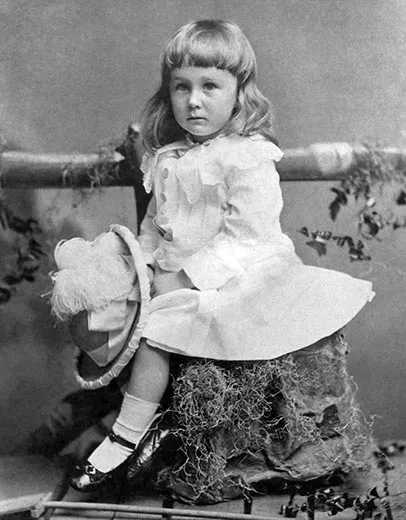
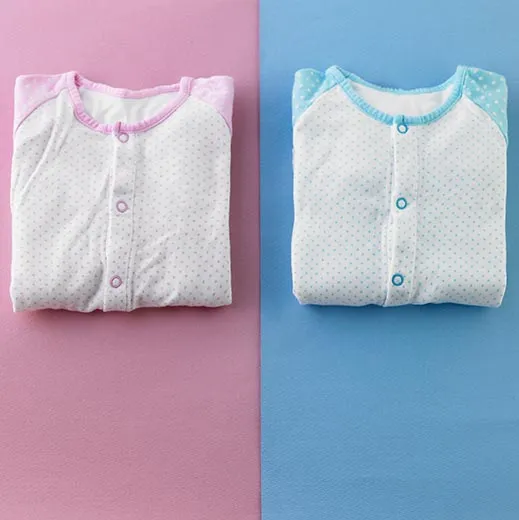

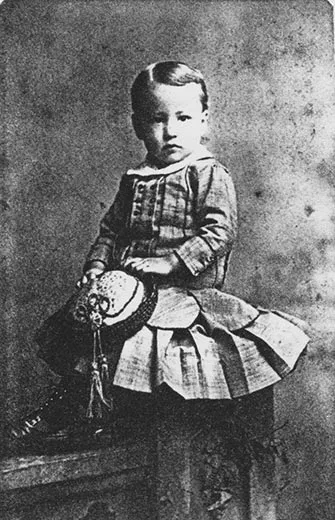
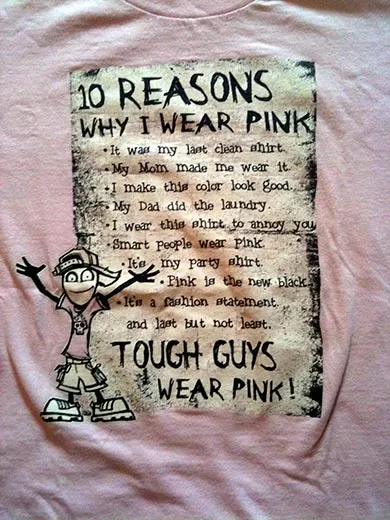
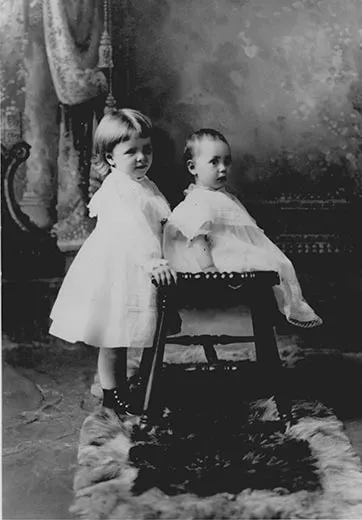
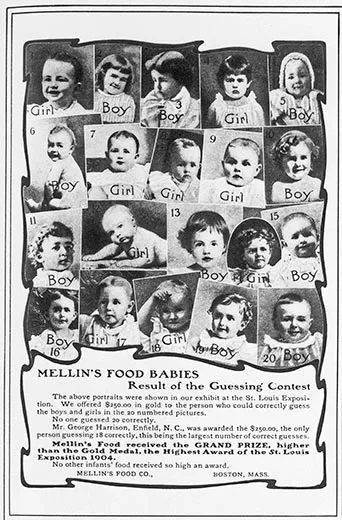
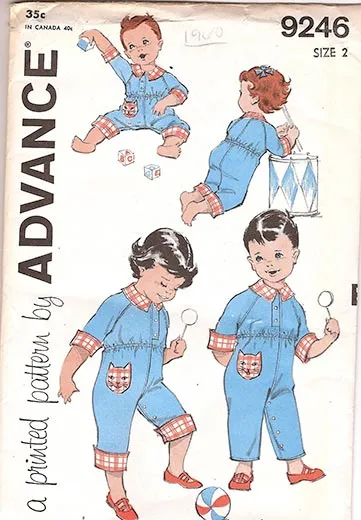
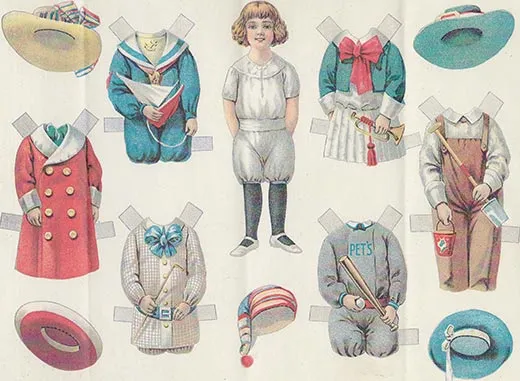
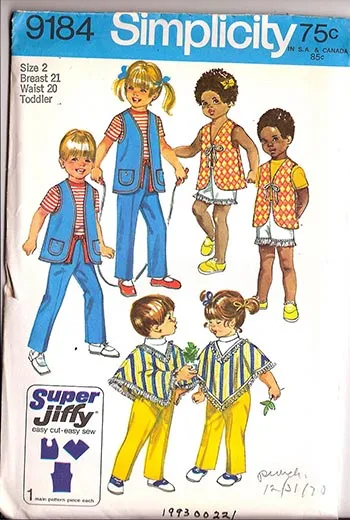

0 Response to "What Size Diaper Does a Cockatiel Need on Avian Fashions"
Post a Comment